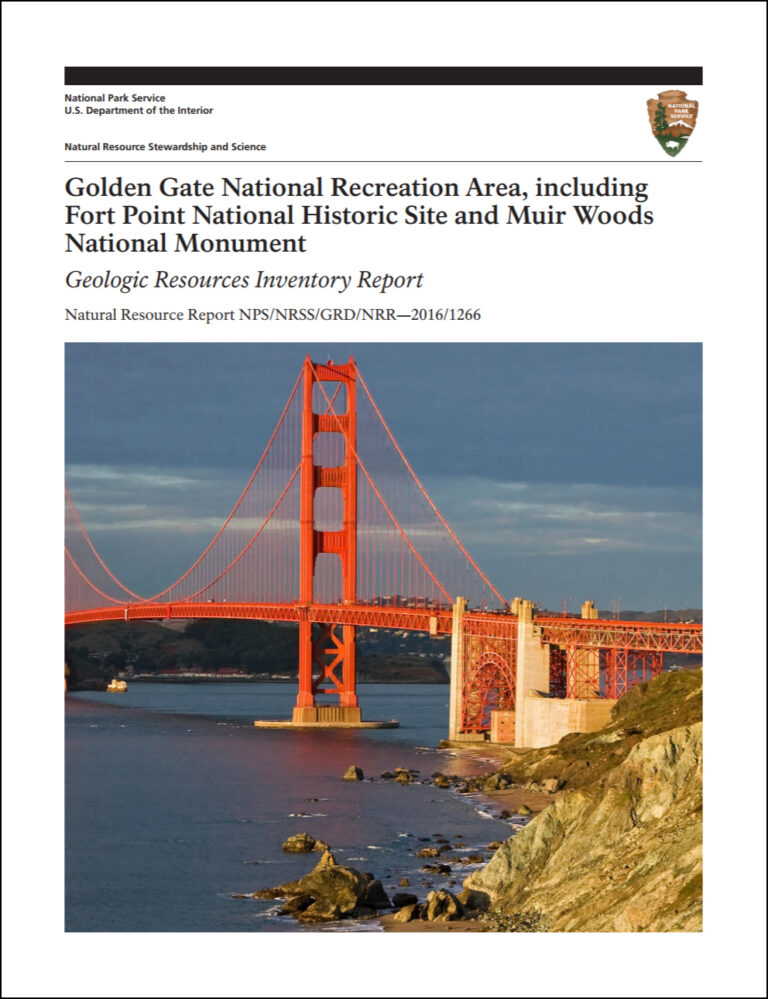Summary of Geologic Overview of Golden Gate National Recreation Area
Golden Gate National Recreation Area (GOGA), established in 1972, spans approximately 33,195 hectares, offering diverse landscapes like coastal scenery, beaches, and historic sites. It is part of the UNESCO-designated Golden Gate Biosphere Reserve and is home to over 1,250 species, including endangered ones.
GOGA is geologically significant, situated in a tectonically active region where the Franciscan subduction zone was key between the ancient Farallon oceanic and North American continental plates. This area comprises three main rock groups: the Jurassic–Eocene Franciscan Complex, Jurassic and Cretaceous rocks, and Cenozoic units. The park is bisected by the San Andreas fault system, which has shaped its geology over millions of years.
Key geologic features include the Franciscan Complex’s terranes and mélange, granite from the Salinian Complex, and Cenozoic sedimentary rocks. The area is prone to earthquakes, with numerous fault lines indicating active geological processes.
Surficial geology includes landslide deposits and dynamic fluvial systems, impacting alluvial deposits in the park’s valleys. Erosion has shaped the coastline and created sea caves, with unique ecosystems responding to climate changes. Additionally, GOGA houses abandoned mineral lands, posing safety risks but also offering cultural insights.
Overall, GOGA represents a vital geological resource, reflecting complex tectonic histories and ecological diversity.


